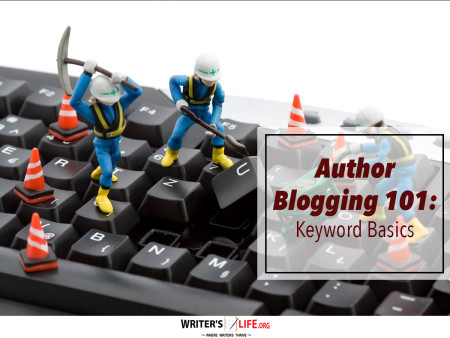- How To Tackle Jealousy In Creative Writing
- Common Submission Mistakes
- How To Stop Your Blog Becoming Boring
- The One Thing Every Successful Writer Has In Common
- How To Make Yourself Aware Of Publishing Scams
- Why Almost ALL Writers Make These Grammar Mistakes At Some Point
- 5 Tips For Authors On How To Deal With Rejection
- Top Mistakes to Avoid When Writing a Novel
- How to Avoid Common New Writer Mistakes
- 10 Mistakes New Fiction Writers Make
How to Use Conflict to Move the Plot Forward

Plot conflict is the secret ingredient that spices up your story, propelling characters into action and driving the narrative toward a compelling climax. Without effective plot conflict, stories can fall flat, leaving readers uninterested and unengaged. But how exactly do you use conflict in storytelling to move the plot forward?
Understanding Conflict in Storytelling
Conflict in storytelling isn't just about having protagonists face villains or fight battles. It's about introducing obstacles that test your characters' morals, resolve, and sometimes even their sanity. By incorporating effective plot conflict, you create opportunities for character growth and emotional depth, crucial elements for reader investment.
Using conflict in writing involves more than just including dramatic situations. It’s about crafting scenarios that challenge characters’ beliefs and force them to evolve. Whether it's internal turmoil or external pressures, the right plot conflict techniques can transform a mundane narrative into a page-turning adventure.
Effective Plot Conflict: Techniques and Examples
There are several conflict plot devices you can employ to make your story vibrant and dynamic. Consider these: internal conflicts that wrestle with personal demons, interpersonal conflicts that navigate relationships, and societal conflicts that tackle broader issues.
- Internal Conflict: A character's struggle within themselves can create intense drama and emotional engagement.
- Interpersonal Conflict: Tension between characters adds layers and keeps readers guessing.
- Societal Conflict: Addressing larger societal issues can make your story relevant and thought-provoking.
According to Wikipedia, conflict can also manifest through man versus nature or technology. Whatever form it takes, using conflict effectively ensures your story remains compelling.
Overcoming Common Plot Challenges with Conflict
Every writer faces roadblocks when crafting a story. Overcoming story roadblocks often involves addressing plot conflict essentials. A conflict-driven plot does not simply resolve itself but instead evolves and deepens.
To prevent a stagnant storyline, employ plot conflict techniques that increase stakes with each confrontation. This can naturally lead to a climax that's both unexpected and satisfying. Remember that conflict isn’t solely about physical altercations; it's about the internal and external negotiations characters must undertake to achieve their goals.
Story Conflict Methods to Enhance Character Development
Story conflict methods can significantly elevate character arcs by forcing them to confront their deepest fears and desires. Consider how conflict can reveal hidden facets of your characters. Use conflict in storytelling to push them out of their comfort zones and into situations where their true selves are unveiled.
By overcoming story roadblocks through conflict, you create a richer narrative tapestry. The trials and tribulations characters face should lead to their growth, making the resolution of the conflict both inevitable and satisfactory.
Using Conflict to Propel the Plot Forward
A well-crafted conflict propels the narrative forward by maintaining readers’ anticipation for what comes next. To achieve this, ensure that each conflict is woven into the story's thematic fabric, reinforcing character motivations and narrative purpose.
Engaging stories require an evolution of conflict. As each issue is resolved, new ones should surface, continuously pulling readers deeper into the plot. This cycle keeps stories dynamic and ensures the pace remains brisk and intriguing.
Want to promote your book after it’s published? Check out our Book Marketing Articles.
Frequently Asked Questions About Plot Conflict
Q: How does plot conflict enhance a story?
A: Plot conflict introduces challenges that characters must overcome, which drives the narrative and deepens character development.
Q: Can a story succeed without conflict?
A: While stories can exist without conflict, they risk lacking the tension and stakes necessary to engage readers effectively.
Q: What types of conflict are most effective?
A: The effectiveness of conflict depends on the story. Internal, interpersonal, and societal conflicts each provide unique dynamics that can benefit different narratives.
If you're serious about growing your author career, don't miss out on these free tools and templates built specifically for writers. Access all 7 free resources here.



























